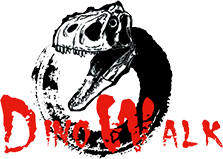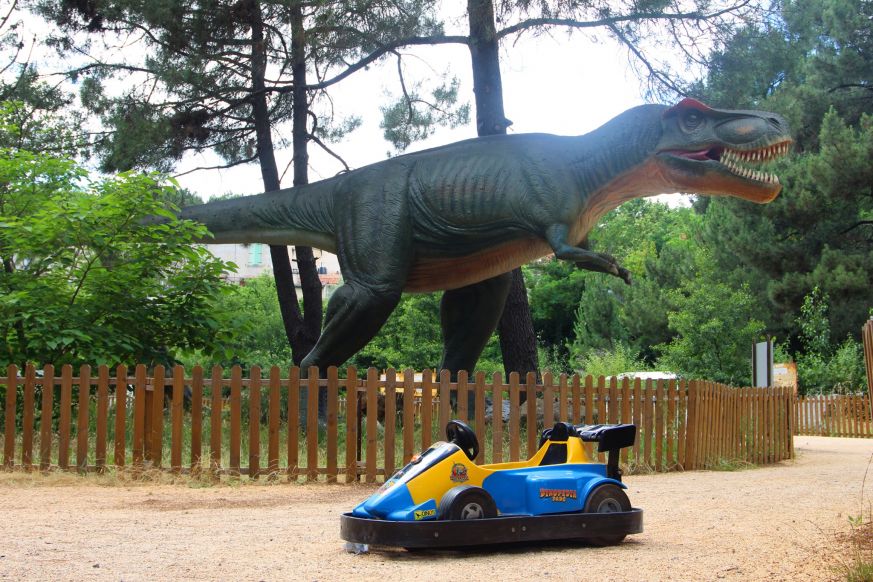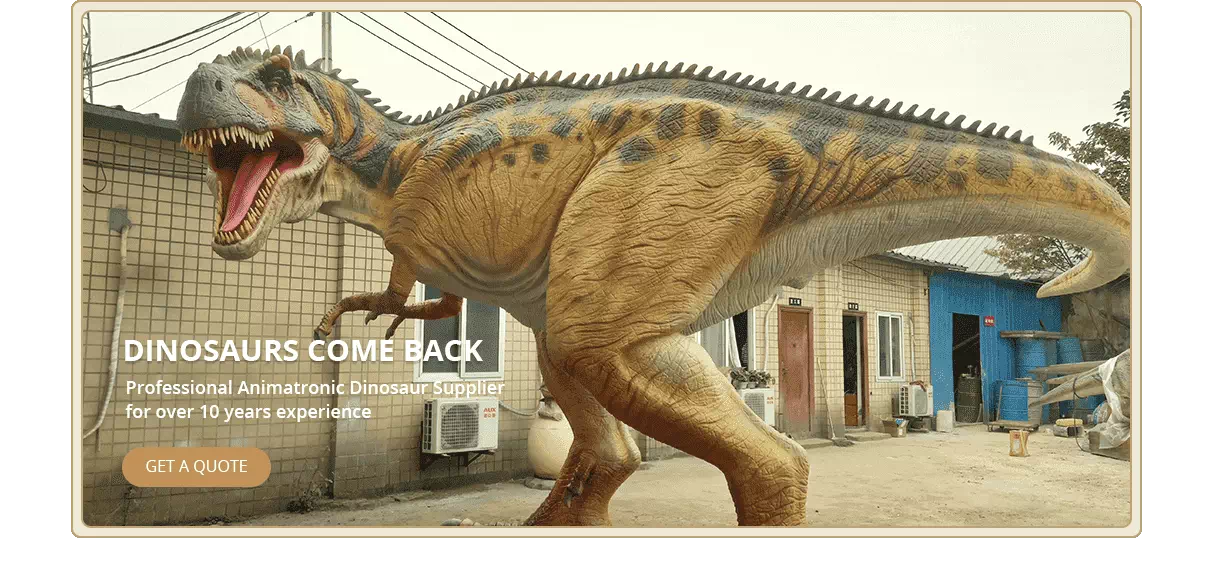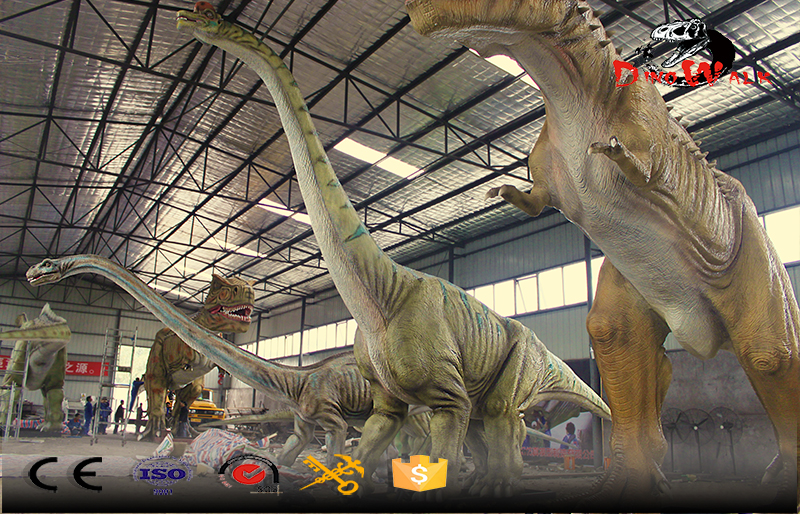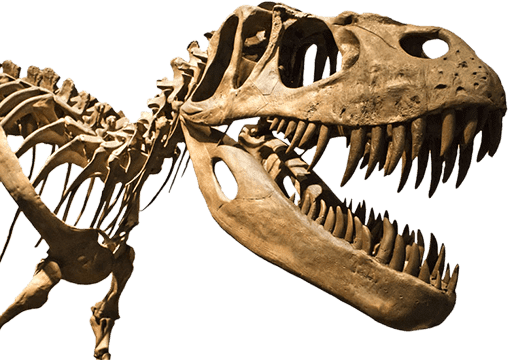The Dinosaur Museum Inspired Children
The ivory is huge, the rat teeth are small, the spikes are sharp and the horse teeth are thick and wearable. All kinds of animals have a variety of lifestyles, each fossil tells the owner's unique way of life, and every dinosaur model is vivid. On the land 200 million years ago, there was another group of creatures wandering around. Their lives and disappearances are deeply attracted to us, and they radiate endless charm through time and space. Although dinosaurs have become extinct, the variety of dinosaur models that appear today are found in museums, exhibitions, and dinosaur theme parks. Let's take a look at the advantages of the dinosaur model in the museum with our Outdoor Dinosaur Ride Manufacturer.
The museum is a place to showcase history and culture. But usually children are not interested in museum exhibitions, running around in the exhibition hall. So how can we make the most of these exhibitions for children to learn in the museum? There are three main steps here:
Animatronic Dinosaur
Step 1: interest is more important than knowledge
When children first visit the museum, the first thing parents should do is rent a voice translation for their children and let them visit the museum according to their own interests. Most children are very interested in dinosaurs, so you will see them immediately rush to the dinosaurs and try to touch them. The first step in getting a child to learn new knowledge in a museum is to attract the child's attention. A realistic Animatronic Dinosaur model can work well.
Parents may ask how they can guide and explain the questions the children ask. In fact, parents only need to explore and discuss with their children when they ask for help. Most importantly, parents should encourage children to discuss and present their opinions rather than judge them.
Step 2: Explore the museum with your child
When exploring with a child in a museum, parents should discuss the child's questions or specific topics with the child in a targeted manner. Parents should encourage children to analyze problems horizontally and vertically to achieve a deeper understanding.
For example, if children are interested in the name of a dinosaur, parents can search for information about the name of the dinosaur. Parents and children can compare different names in the museum and try to understand the naming method. For example, going to the Dinosaur Theme Park to wear Dinosaur Costume with children can be very good to integrate with the children, so that the children can learn more about the dinosaurs and learn the knowledge.
In this process, there is no need to explain and analyze the child with our inherent thoughts. Try to get your child to come up with their own ideas and help them show their opinions and get their own judgments.
Step 3: Encourage children to judge knowledge
For museums or history, we cannot blindly believe it. After all, we are not witnesses to all historical stages and events. Any historical period is based on existing findings and theoretical speculations. Even if we have experienced a period of history, there will be deviations due to the one-sidedness of information and the subjectivity of people.
So parents should encourage children to discover and judge what they have learned in the museum. Encourage your child to talk about their own ideas and reasons and develop their thinking skills. If possible, let the children record and summarize their thoughts each time, or draw and write their own ideas.
In short, the museum is a good place to drive your child to learn. All we have to do is learn how to use it. In the museum, children can learn knowledge and develop their thinking skills. There are also errors in the museum, so we don't have to be limited to what we show. People can explore and challenge these historical knowledge in museums based on scientific and objective attitudes.

